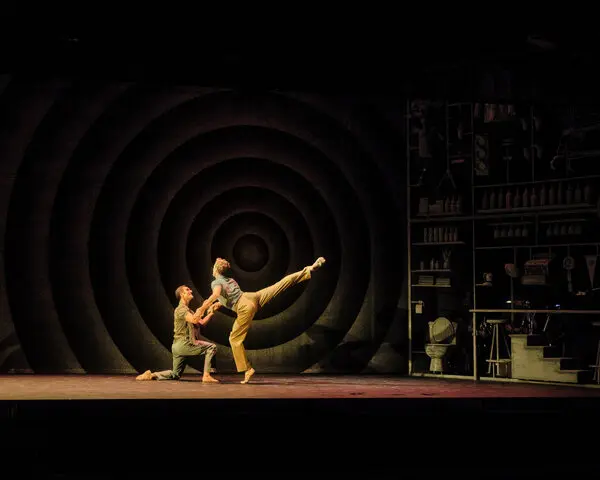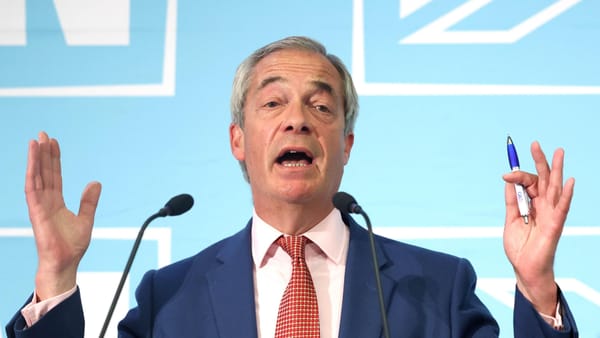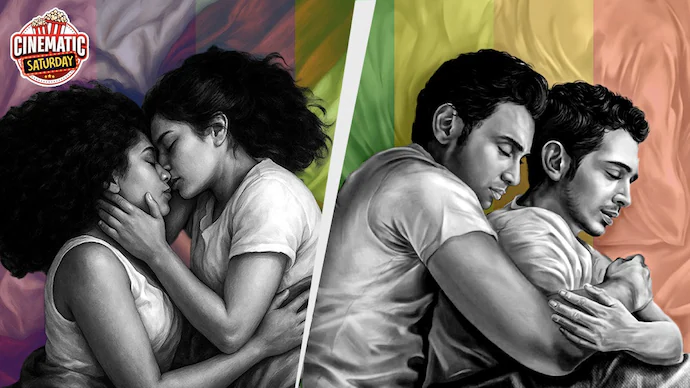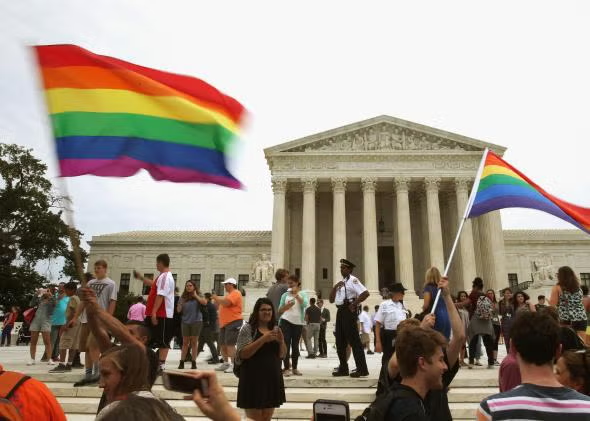Introduction: A Literary Masterpiece Reimagined
Christopher Isherwood’s 1964 novel, A Single Man, is a cornerstone of 20th-century literature, particularly within the canon of queer fiction. Its raw exploration of grief, identity, and the human condition has resonated with readers for decades. In a bold and innovative move, this literary gem has been reimagined as a contemporary ballet, premiered at the Manchester International Festival (MIF) in July 2025. Directed and choreographed by Jonathan Watkins, with original music composed and performed live by singer-songwriter John Grant and composer Jasmin Kent Rodgman, this adaptation seeks to translate the novel’s introspective narrative into the visceral language of dance and music. Featuring former Royal Ballet principal Edward Watson as the protagonist George, alongside a talented ensemble, the production explores the intersection of mind and body, grief and hope, in a way that both honors Isherwood’s text and pushes the boundaries of ballet as an art form.
This article delves into the creation of this groundbreaking ballet, exploring its historical and cultural significance, the creative process behind its development, and the ways in which it captures the essence of Isherwood’s work. Through a detailed examination of the production’s choreography, music, design, and performances, we will uncover how this adaptation navigates the challenges of translating a deeply internal narrative into a visual and auditory experience. Additionally, we will contextualize the ballet within the broader landscape of queer art, 1960s culture, and the evolution of contemporary ballet, offering a comprehensive look at this ambitious endeavor.
The Legacy of A Single Man: Isherwood’s Literary Triumph
A Pioneering Work of Queer Fiction
Published in 1964, A Single Man is widely regarded as one of Christopher Isherwood’s finest works and a landmark in queer literature. The novel follows a day in the life of George, a 58-year-old British professor living in Los Angeles, as he grapples with the profound grief of losing his longtime partner, Jim, in a car accident. Set against the backdrop of 1962 Southern California, shortly after the Cuban Missile Crisis, the novel captures George’s internal monologue with a crystalline clarity that reflects Isherwood’s self-described “camera-like” narrative style. This approach, which he articulated in 1939 as “I am a camera with its shutter open, quite passive, recording, not thinking,” allows readers to inhabit George’s consciousness as he navigates a world that marginalizes his identity and his loss.
The novel’s significance lies in its unflinching portrayal of a gay man’s life at a time when homosexuality was largely stigmatized and criminalized. As noted by writer Edmund White, A Single Man is “the first truly liberated gay novel in English,” offering a nuanced depiction of love, loss, and resilience that transcends the constraints of its era. Isherwood, who himself lived openly as a gay man in a long-term relationship with artist Don Bachardy, drew on personal experiences to craft a narrative that feels both intimate and universal. The novel’s compact structure—spanning just 186 pages in its original American printing—belies its emotional depth, earning Isherwood’s own description of it as his “masterpiece.”
Historical and Cultural Context
To fully appreciate the ballet adaptation, it is essential to understand the historical and cultural milieu in which A Single Man was written. The early 1960s were a time of significant social and political tension in the United States. The Cuban Missile Crisis of October 1962, which looms subtly in the novel’s backdrop, heightened global anxieties about nuclear annihilation, casting a shadow over George’s personal grief. Meanwhile, the civil rights movement was gaining momentum, and the seeds of the gay liberation movement were being sown, though widespread acceptance of queer identities was still decades away.
In Los Angeles, where Isherwood lived and worked, the cultural landscape was vibrant yet conservative. The city’s burgeoning film industry and suburban sprawl contrasted with its repressive social norms, particularly regarding sexuality. Homosexuality was illegal in California until 1976, and gay individuals faced discrimination, harassment, and the constant need to conceal their identities. Isherwood’s decision to center a gay protagonist in A Single Man was a radical act, offering a humanizing portrayal that challenged societal prejudices. The novel’s exploration of grief as a universal experience further broadened its appeal, inviting readers of all backgrounds to empathize with George’s journey.
From Page to Stage: The Ballet Adaptation
Jonathan Watkins: A Visionary Choreographer
At the helm of this ambitious adaptation is Jonathan Watkins, a choreographer and director with a proven track record of transforming complex narratives into dance. Watkins, who founded Ballet Queer—the UK’s first LGBTQ+ ballet company—in 2023, has a history of tackling literary works, including a celebrated adaptation of George Orwell’s 1984 for Northern Ballet. His approach to A Single Man is deeply rooted in Isherwood’s exploration of the mind-body dichotomy, a theme that lends itself naturally to the medium of dance. Watkins envisioned George as a “double person,” split between his physical self, portrayed by dancer Edward Watson, and his mental self, embodied by John Grant’s live musical performance.
Watkins’ decision to adapt A Single Man was inspired by the novel’s poetic and introspective nature. “This poetic novel is an inspiring and complex story of the human experience and what it means to be alive,” Watkins has said. “It’s this and Isherwood’s approach to the relationship between mind and body that gives me the reasons to imagine it using dance narrative and song.” His vision was to create a ballet that not only retells George’s story but also amplifies its emotional resonance through movement and music, making it accessible to audiences unfamiliar with the source material while honoring its literary roots.
The Creative Team: A Fusion of Talents
The ballet’s creative team is a powerhouse of artistic talent, each contributing to the production’s distinctive aesthetic. Composer Jasmin Kent Rodgman, known for her innovative scores, collaborated with John Grant to create a soundscape that blends original songs with orchestral compositions performed by the Manchester Collective. Rodgman described the process as an “honor to breathe musical life into this seminal queer work on grief, love, and being human.” Her score, arranged with contributions from multi-instrumentalist Fiona Brice, draws inspiration from American minimalist composers like Philip Glass and Steve Reich, infusing the ballet with a cinematic and emotive quality.
The visual elements are equally striking, with set designer Chiara Stephenson crafting a sculptural stage that encapsulates George’s world. Stephenson, whose previous work includes collaborations with artists like Björk and Lorde, created a set that juxtaposes the mundane and the profound. A large metallic frame surrounds the stage, adorned with everyday objects—tennis rackets, books, kitchen utensils—that symbolize George’s daily life while hinting at his emotional confinement. Within this frame, an illuminated silhouette of a head houses John Grant, visually representing George’s internal monologue. Costume designers Holly Waddington, an Oscar winner for Poor Things, and Eleanor Bull further enhance the production with designs that shift between 1960s Americana and abstract expressionism, reflecting the interplay between George’s external reality and inner turmoil.
Edward Watson and Jonathan Goddard: Embodying George and Jim
Central to the ballet’s success is the performance of Edward Watson, a former Royal Ballet principal renowned for his expressive physicality and emotional depth. Watson, who came out of retirement to portray George, brings a nuanced intensity to the role, capturing the character’s anguish and resilience through precise yet fluid movements. His portrayal begins with a sense of rigidity—described by critics as “all angle and effort, no flow”—before gradually evolving into a more liberated expression of George’s journey toward healing. On July 5, 2025, the role of George was performed by Jonathan Goddard, an award-winning dancer and choreographer who also portrays Jim throughout the run. Goddard’s performance as Jim is particularly poignant, with critics noting the tender and anguished expressions of love in their shared scenes.
The ensemble, featuring Royal Ballet dancers like Kristen McNally and James Hay, alongside guest artists, adds depth to the production. The dancers seamlessly transition between specific characters—such as George’s friend Charley and student Kenny—and abstract representations of human emotions, creating a dynamic interplay that mirrors the novel’s blend of realism and introspection. This ensemble work, combined with Watkins’ choreography, brings to life the novel’s secondary characters and settings, from classrooms to bars, in a way that feels both specific and universal.
Music and Movement: A Synergy of Art Forms
John Grant’s Musical Contribution
John Grant, an American singer-songwriter known for his poignant lyricism and versatile vocal range, plays a pivotal role in the ballet as both composer and performer. Positioned on an elevated platform, Grant serves as the voice of George’s inner thoughts, delivering seven original songs that range from witty and darkly humorous to deeply introspective. His music, which includes moments of biting commentary—such as a line about “sexual deviants” on the freeway—captures the novel’s blend of humor and sorrow. Grant’s vocal performance, described as moving from “low growl through easy baritone and even up to eerie countertenor,” adds a rich emotional layer to the production.
Grant’s involvement came about after Watkins pursued him for several years, intrigued by the musician’s ability to convey complex emotions through song. Grant, who had not read A Single Man until approached for the project, was profoundly moved by the novel. “I was completely blown away by it,” he said. “I’ve been trying to get everybody that I’ve ever met to read it.” His songs, developed in collaboration with Rodgman, are interwoven with the choreography, sometimes driving the narrative and at other times feeling at odds with the dance, as noted by some critics. Despite these challenges, Grant’s live presence adds a raw immediacy to the production, making George’s internal struggles palpable for the audience.
Choreography: Translating Grief into Movement
Watkins’ choreography is a delicate balance of ballet and contemporary dance, reflecting the novel’s exploration of both the mundane and the profound. The production opens with a prologue depicting Jim’s death, setting the stage for George’s grief-stricken journey. Watson’s movements, initially constrained and angular, evolve as George encounters moments of connection and joy, such as a homoerotic tennis match or a playful skinny-dipping scene. These moments, infused with a touch of Bob Fosse-inspired flair, inject vitality into the narrative, offering glimpses of George’s capacity for life despite his loss.
Critics have noted both the strengths and challenges of Watkins’ approach. The Guardian praised the “finely danced journey back toward life’s flow,” highlighting the inventive use of dance to convey George’s dissociation. However, The Telegraph critiqued the choreography’s “unevenness” and its occasionally mimetic quality, suggesting that it sometimes prioritizes fidelity to the novel over finding its own rhythm. Despite these critiques, the choreography’s ability to capture George’s emotional arc—particularly in scenes of love and anguish with Jim—has been widely celebrated, with Goddard’s portrayal of Jim adding a haunting beauty to the production.
Reception and Impact: A Mixed but Ambitious Endeavor
Critical Response
The premiere of A Single Man at Aviva Studios on July 2, 2025, as part of the Manchester International Festival, generated a range of responses from critics. The Guardian described it as an “inventive ballet” that effectively portrays George’s riven self, with Watson and Grant’s performances standing out for their emotional depth. The Manchester Evening News called it a “beautifully raunchy display of lust, love, and loss,” praising the synergy between Watson’s physicality and Grant’s musical narration. However, The Telegraph labeled it a “crashing disappointment,” citing the overpowering prominence of Grant’s songs and the choreography’s uneven execution.
Theatre Reviews North lauded the production’s “delicacy and tenderness,” noting its ability to shine a gentle light on grief and recovery, though it suggested the ballet’s length could be streamlined. Infobae highlighted the sensitive fusion of dance and music, emphasizing the production’s exploration of sexuality and loss. These varied responses reflect the ambitious nature of the project, which seeks to push the boundaries of ballet while remaining faithful to a complex literary source.
Cultural Significance
The ballet adaptation of A Single Man arrives at a time when queer stories are increasingly visible in mainstream art forms, yet its focus on a middle-aged gay man grappling with grief remains strikingly relevant. By centering a queer narrative in a traditionally conservative medium like ballet, Watkins and his team contribute to the ongoing queering of the art form, building on the legacy of companies like Ballet Queer. The production’s exploration of universal themes—grief, love, and the search for connection—ensures its resonance with diverse audiences, while its bold aesthetic choices challenge conventional expectations of ballet.
The collaboration between The Royal Ballet and Factory International, MIF’s producing organization, underscores the festival’s commitment to innovative and inclusive storytelling. Running from July 2–6, 2025, at Aviva Studios, with a subsequent transfer to the Royal Opera House’s Linbury Theatre from September 8–20, the production marks a significant moment in contemporary ballet, bridging literary and performance art in a way that honors Isherwood’s legacy while forging new artistic paths.
Contextualizing the Ballet: Queer Art and Contemporary Ballet
Queer Representation in Ballet
Ballet has historically been a conservative art form, often rooted in heteronormative narratives and rigid gender roles. However, recent decades have seen a shift toward greater inclusivity, with choreographers and companies exploring queer themes and identities. Watkins’ Ballet Queer is at the forefront of this movement, and A Single Man represents a bold step in bringing authentic queer stories to the ballet stage. The production’s focus on a gay love story, combined with its unflinching portrayal of grief, aligns with the broader cultural push for diverse representation in the arts.
The Evolution of Contemporary Ballet
Contemporary ballet, which blends classical techniques with modern dance influences, has become a vibrant space for experimentation. Watkins’ adaptation of A Single Man exemplifies this trend, incorporating elements of contemporary dance, live music, and multimedia design to create a multi-sensory experience. The production’s use of a live singer-songwriter, a sculptural set, and abstract costumes pushes the boundaries of traditional ballet, inviting audiences to engage with the art form in new ways.
Conclusion: A Meditation on Humanity
The ballet adaptation of A Single Man is a testament to the enduring power of Christopher Isherwood’s novel and the transformative potential of dance. Through Jonathan Watkins’ visionary choreography, John Grant’s evocative music, and Edward Watson’s compelling performance, the production captures the essence of George’s journey—a day marked by grief, reflection, and the tentative rediscovery of joy. While not without its challenges, the ballet succeeds in translating the novel’s introspective narrative into a dynamic and emotionally resonant experience, offering a fresh perspective on a classic work of queer literature.
As it moves from Manchester to London, A Single Man stands as a powerful reminder of the universality of human emotions and the importance of telling diverse stories through art. By weaving together dance, music, and design, this production not only honors Isherwood’s legacy but also paves the way for future explorations of identity and emotion in the world of ballet.

















0 Comments